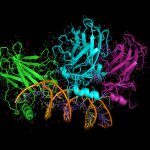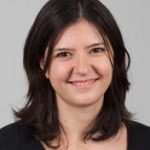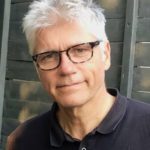Link to Pubmed [PMID] – 31266870
Link to DOI – e01173-1910.1128/mBio.01173-19
mBio 2019 07; 10(4):
We have previously identified Vibrio cholerae mutants in which the stress response to subinhibitory concentrations of aminoglycoside is altered. One gene identified, VC1636, encodes a putative DNA/RNA helicase, recently named RadD in Escherichia coli Here we combined extensive genetic characterization and high-throughput approaches in order to identify partners and molecular mechanisms involving RadD. We show that double-strand DNA breaks (DSBs) are formed upon subinhibitory tobramycin treatment in the absence of radD and recBCD and that formation of these DSBs can be overcome by RNase H1 overexpression. Loss of RNase H1, or of the transcription-translation coupling factor EF-P, is lethal in the radD deletion mutant. We propose that R-loops are formed upon sublethal aminoglycoside treatment, leading to the formation of DSBs that can be repaired by the RecBCD homologous recombination pathway, and that RadD counteracts such R-loop accumulation. We discuss how R-loops that can occur upon translation-transcription uncoupling could be the link between tobramycin treatment and DNA break formation.IMPORTANCE Bacteria frequently encounter low concentrations of antibiotics. Active antibiotics are commonly detected in soil and water at concentrations much below lethal concentration. Although sub-MICs of antibiotics do not kill bacteria, they can have a major impact on bacterial populations by contributing to the development of antibiotic resistance through mutations in originally sensitive bacteria or acquisition of DNA from resistant bacteria. It was shown that concentrations as low as 100-fold below the MIC can actually lead to the selection of antibiotic-resistant cells. We seek to understand how bacterial cells react to such antibiotic concentrations using E. coli, the Gram-negative bacterial paradigm, and V. cholerae, the causative agent of cholera. Our findings shed light on the processes triggered at the DNA level by antibiotics targeting translation, how damage occurs, and what the bacterial strategies are to respond to such DNA damage.







